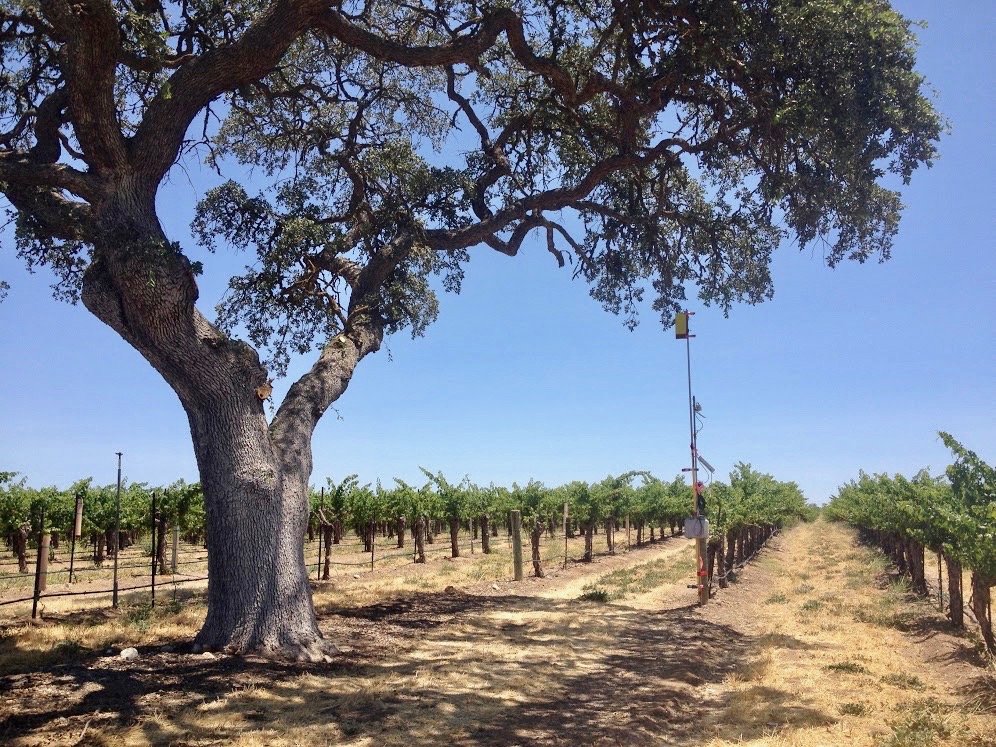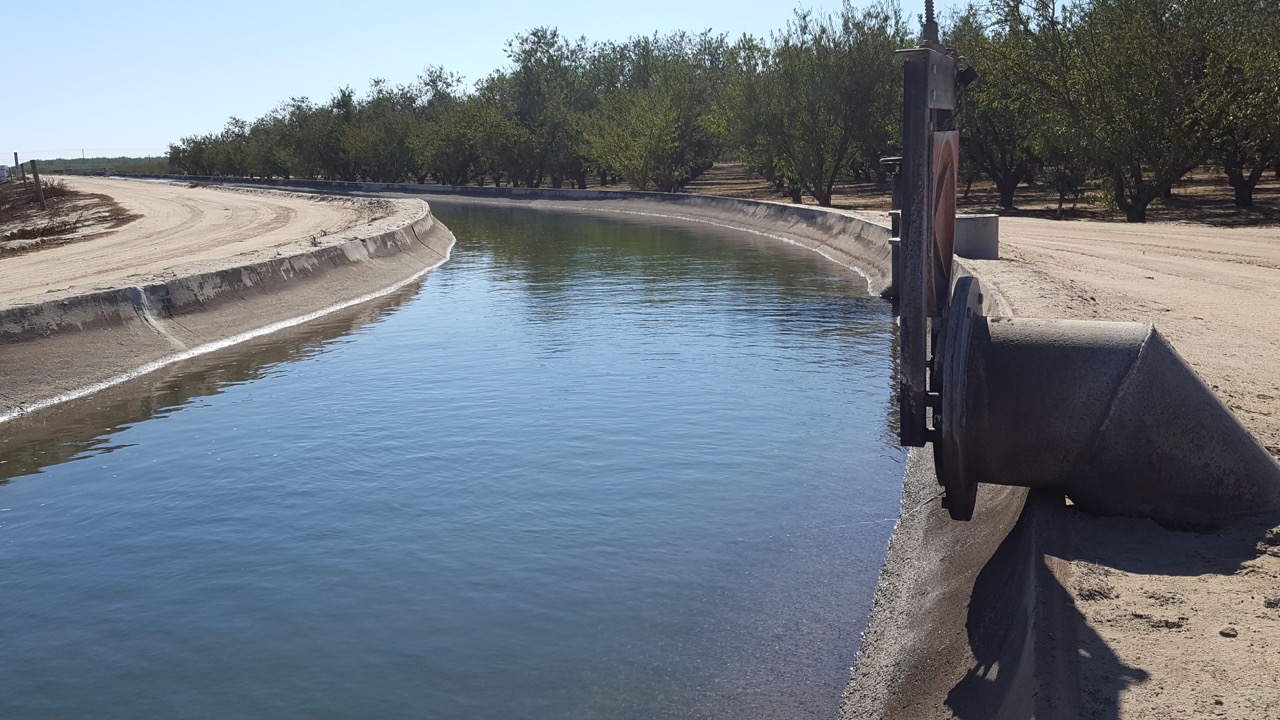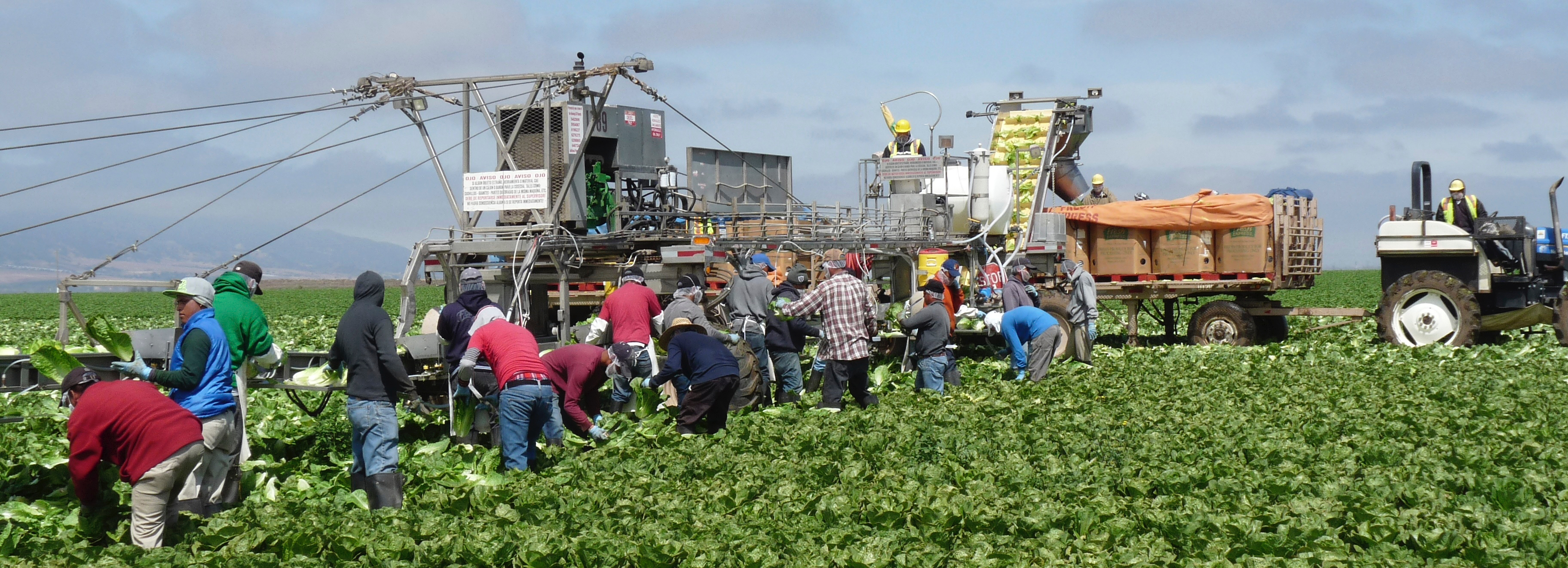California Oak Trees Harbor Insect-Eating Bats
Oak Trees in Vineyards a ‘Win-Win’ For Bats and Growers
By Pam Kan-Rice UC ANR Assistant Director, News and Information Outreach
Californians love their oak trees. During vineyard development, Central Coast grape growers often feel compelled to leave an old iconic oak standing, even if it ends up right in the middle of their vineyard. While driving through the Central Coast, it’s not unusual to see the pattern of vineyard rows broken by a majestic oak tree. Aside from their beauty, what are some of the ecosystem services that these majestic trees provide?
To find answers, a UC Cooperative Extension scientist in San Luis Obispo County collaborated with a U.S. Forest Service scientist to study how bats use blue oak and valley oak trees in vineyards. UC Cooperative Extension specialist Bill Tietje, a co-author of the study, says they focused on bats that eat insects because bat populations have declined dramatically in some areas due to habitat loss and disease. “And bats don’t hurt grapes. As a matter of fact, thanks to the huge number of bugs they consume, bats could be very good for a vineyard.”
To understand the potential value of remnant oak trees for insectivorous bats, the researchers placed microphones to detect bat calls within 14 Central Coast vineyards. The recordings revealed 11 species of insectivorous bats foraged within the vineyards. Bat foraging activity was 1.5 times greater at the trees compared to open, tree-less areas within the vineyard. And the bigger the tree, the bigger the number of bats it attracted.
“The study results suggest that the large oak tree in my vineyard not only increases the beauty and biodiversity of the agricultural landscape, but also attracts insect-eating bats that can provide natural pest control—a win-win,” said grape grower Jerry Reaugh, who cooperated with the researchers.
In fact, the trees more than doubled the number of insectivorous bats called woodland-adapted bats within the vineyards. The study indicates that the oak trees attracted woodland-adapted bats that would normally be absent from vineyards.
Tietje hopes that the free insect-reduction services provided by bats will increase grape growers’ incentive to manage and maintain the trees, and even to plant new oak trees in suitable areas around their vineyard, in mutual benefit to both agriculture and biodiversity.
“In addition to their value for insectivorous bats, remnant trees maintain bird and insect diversity by providing food, habitat, cover and stepping stones that facilitate the movement of wildlife within agricultural landscapes,” said Tietje.
This study comes at a time when declining blue oak and valley oak populations are of great concern.
“We hope the study will increase awareness of these beautiful and beneficial trees and make the case for conservation and restoration,” Tietje said. “Preserving and enhancing biodiversity in the midst of climate change is key to ensuring resilience in our landscapes and communities.”
The study by University of Washington graduate student Anne Polyakov, Theodore Weller of USDA Forest Service and Tietje is published in the September 2019 edition of Agriculture, Ecosystems and Environment.






















